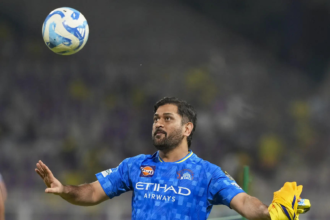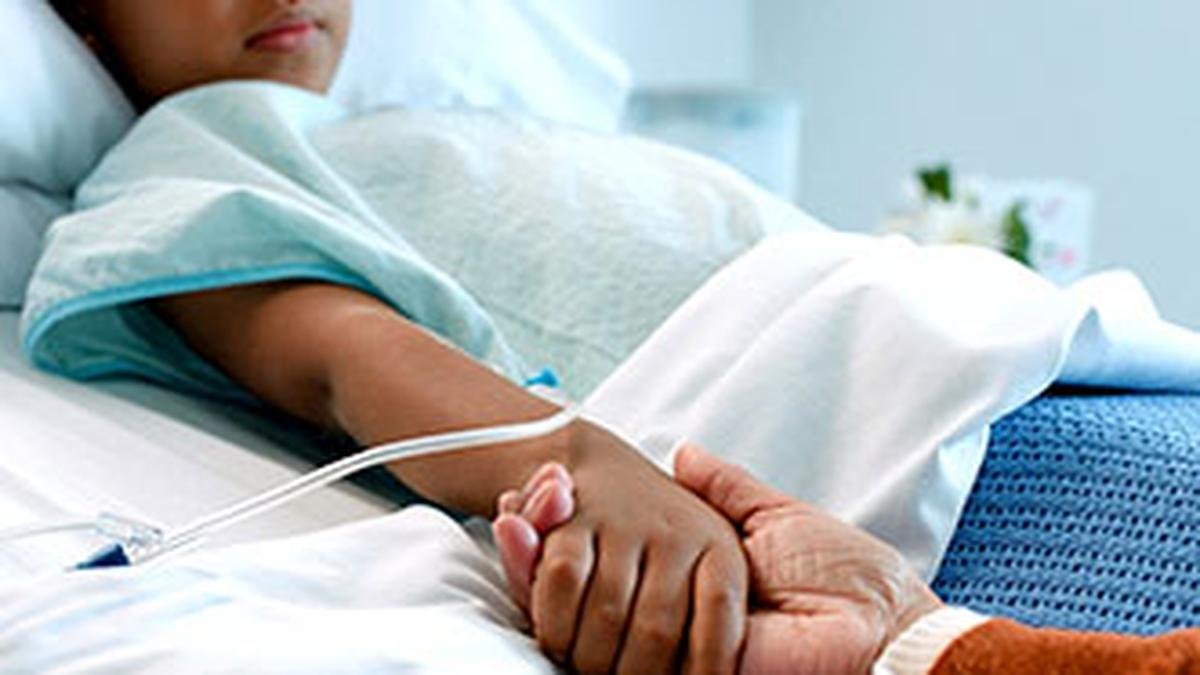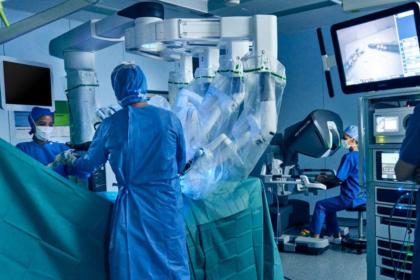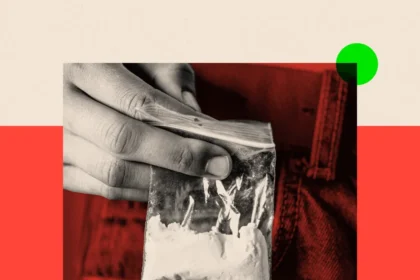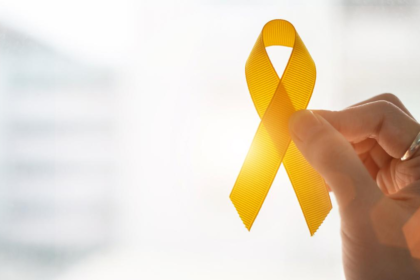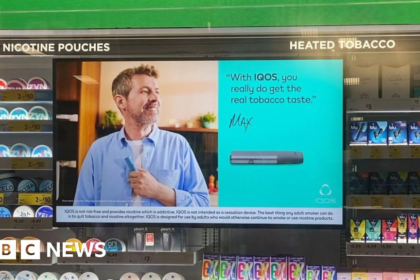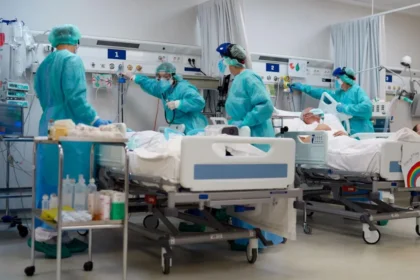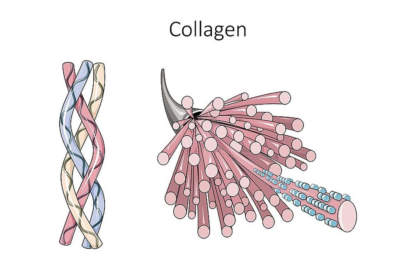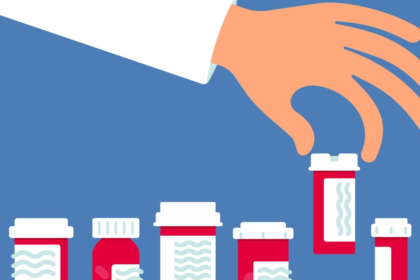
Paediatric anaesthesiologists are indispensable in a wide range of surgeries — from neurosurgery and cardiac interventions to laparoscopic, orthopaedic, and oncological procedures. Photograph used for representational purposes only
| Photo Credit: Getty Images
Paediatric anaesthesiologists are expert medical professionals, dedicated to ensuring the safe delivery of anaesthesia and effective pain management in infants, children, and adolescents. Their role is especially critical in complex or high-risk paediatric cases, where meticulous planning, tailored anaesthetic techniques, and vigilant perioperative care can significantly reduce complications and improve surgical outcomes.

Paediatric anaesthesiologists are indispensable in a wide range of surgeries — from neurosurgery and cardiac interventions to laparoscopic, orthopaedic, and oncological procedures. Each domain presents unique challenges: neonates with congenital heart defects, children with metabolic disorders, or oncology patients receiving repeated anaesthesia for imaging and biopsies. These scenarios demand not just clinical skill but a deep understanding of paediatric physiology and pharmacology.
Cleft lip & palate surgeries
One complex area where paediatric anaesthetists are involved are cleft lip and palate (CLP) surgeries. These surgeries pose significant anaesthetic challenges, particularly due to complex airway anatomy, risk of obstruction, and associated syndromic conditions. In such scenarios, paediatric anaesthesiologists are central to ensuring a safe and successful surgical journey. Their expertise in managing difficult airways, anticipating respiratory complications, and delivering precise anaesthesia tailored to infants and young children plays a life-saving role.
These specialists carefully assess each child’s airway preoperatively, prepare advanced airway equipment, and often rely on innovative techniques such as video laryngoscopy or fibreoptic intubation. During surgery, they maintain a delicate balance between adequate anaesthesia and spontaneous ventilation, especially in neonates and syndromic children with limited respiratory reserve. Postoperatively, they ensure smooth recovery with a keen eye on airway patency, pain control, and oxygenation.
Cleft lip and palate surgeries are far more than cosmetic procedures. Anaesthesia care must form the cornerstone of safety. Advanced airway techniques, precision monitoring, and evidence-based perioperative care, should become the norm. This helps sets standards not just for surgical excellence, but in anaesthetic preparedness, risk stratification, and multidisciplinary coordination.
In essence, paediatric anaesthesia is not just about putting children to sleep for surgery — it is about vigilantly safeguarding their lives at every step of the perioperative journey. The role of the paediatric anaesthesiologist is vital, nuanced, and deeply impactful — often unseen, but always at the heart of safe surgical care.

Need for more training
Despite major advances in paediatric healthcare, the field of paediatric anaesthesia remains highly specialised and under-resourced in many regions. Children are not just small adults — their physiology, airway anatomy, and drug responses are vastly different and demand tailored expertise. Sadly, many anaesthesia providers lack formal training in paediatric-specific techniques, especially for neonates and infants. There is an urgent need to expand structured training programmes, hands-on simulation, and mentorship opportunities to ensure safe, effective, and confident care for our youngest and most vulnerable patients.
(Dr. Mohammed Azam Danishis academic head, consultant anaesthesiologist and critical care specialist at Bhagwan Mahaveer Jain Hospital, Bengaluru. drazam@drazam.com)
Published – July 07, 2025 04:12 pm IST




